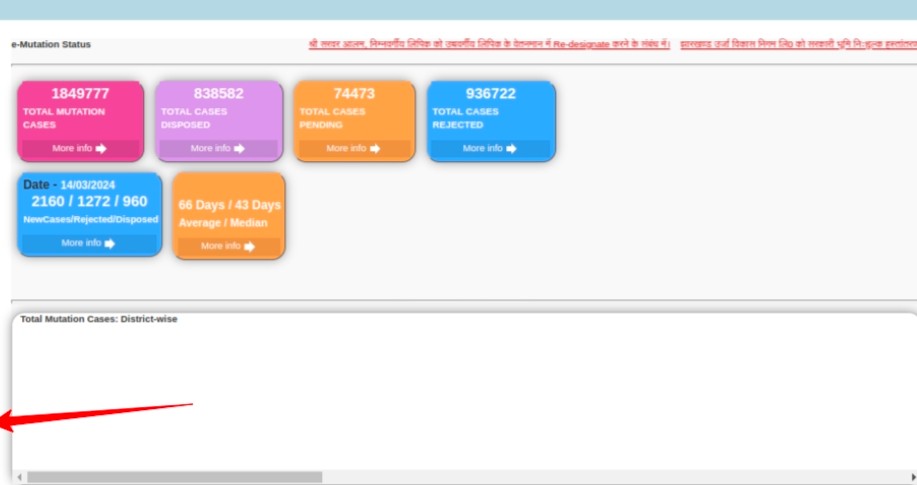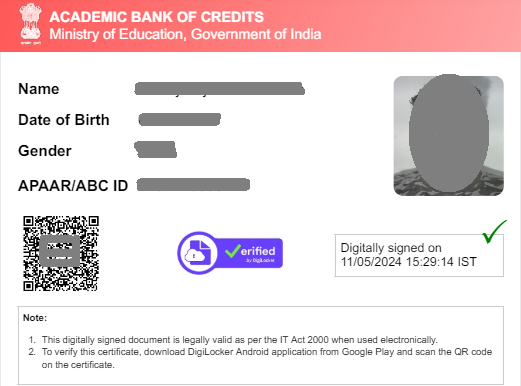Jharbhoomi: Revolutionizing Land Records in Jharkhand

Strong 8k brings an ultra-HD IPTV experience to your living room and your pocket.
Introduction
Jharkhand, a state in eastern India, has embarked on a transformative journey in land administration with the introduction of the Jharbhoomi portal.This online system, developed by the Jharkhand government, aims to digitize land records and streamline land-related processes. The portal is a significant step towards enhancing transparency, reducing disputes, and improving the efficiency of land management in the state.
Overview of Jharbhoomi
Jharbhoomi is an integrated land records management system designed to provide citizens with easy access to land-related information. Launched under the National Land Records Modernization Programme (NLRMP), the portal offers a wide range of services including the viewing of land records, mutation applications, and land tax payments. The primary objective of Jharbhoomi is to make land records management more transparent and user-friendly.
Features of Jharbhoomi
1. Digital Land Records: Jharbhoomi provides access to digitized land records, allowing citizens to view and verify their land details online. This includes information such as ownership, area, plot number, and classification of the land.
2. Mutation Services: The portal facilitates the mutation process, which is the transfer of land ownership from one person to another. Users can apply for mutation online, track the status of their application, and receive updates.
3. Online Land Tax Payment: Landowners can pay their land taxes through the Jharbhoomi portal. This feature simplifies the tax payment process, ensuring timely payments and reducing the need for physical visits to government offices.
4. Grievance Redressal: Jharbhoomi includes a grievance redressal system where users can file complaints or seek clarification on land-related issues. The system ensures that grievances are addressed promptly and efficiently.
5. Mobile Accessibility: Recognizing the growing use of smartphones, Jharbhoomi is designed to be mobile-friendly. This ensures that users can access land records and services on-the-go.
Benefits of Jharbhoomi
1. Enhanced Transparency: By digitizing land records, Jharbhoomi eliminates the scope for manipulation and fraud. Citizens can easily access accurate and up-to-date information, thereby promoting transparency.
2. Reduced Disputes: Accurate and accessible land records reduce the likelihood of disputes. Clear documentation of ownership and land boundaries helps in resolving conflicts amicably.
3. Convenience and Efficiency: Jharbhoomi simplifies land-related procedures, making them more convenient for citizens. Online access to services saves time and reduces the need for multiple visits to government offices.
4. Empowerment of Citizens: With easy access to land information, citizens are better informed and can make more informed decisions regarding their land assets.
Implementation Challenges
Despite its numerous benefits, the implementation of Jharbhoomi has faced certain challenges:
1. Digital Literacy: A significant portion of the rural population in Jharkhand lacks digital literacy, making it difficult for them to use the online services effectively.
2. Internet Connectivity: Limited internet connectivity in remote areas hampers the accessibility of the Jharbhoomi portal for many users.
3. Data Accuracy: Ensuring the accuracy of digitized records is crucial. Any errors in the digital records can lead to disputes and mistrust in the system.
Future Prospects
The future of Jharbhoomi looks promising as the government continues to address the existing challenges. Initiatives to improve digital literacy and expand internet connectivity are underway. Moreover, continuous updates and validation of land records are being conducted to maintain data accuracy.
The integration of advanced technologies such as Geographic Information Systems (GIS) and blockchain could further enhance the efficiency and reliability of the land records system. GIS can provide precise mapping and visualization of land boundaries, while blockchain can offer a secure and tamper-proof ledger for recording land transactions.
Conclusion
Jharbhoomi represents a significant milestone in the modernization of land records management in Jharkhand. By leveraging technology, the portal has made land-related information more accessible, transparent, and reliable. As the system continues to evolve, it holds the potential to transform land administration, reduce disputes, and empower citizens with better control over their land assets. The success of Jharbhoomi can serve as a model for other states in India looking to modernize their land records systems.
Note: IndiBlogHub features both user-submitted and editorial content. We do not verify third-party contributions. Read our Disclaimer and Privacy Policyfor details.







